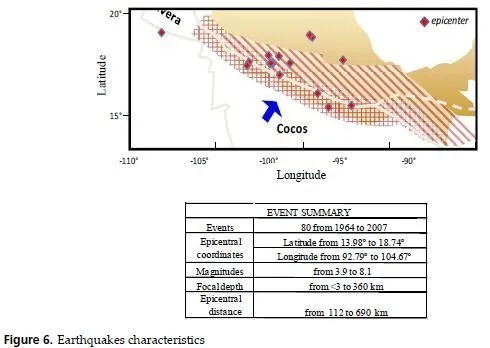In the region affected by the earthquakes, in general, construction materials include stone or brick masonry and wood for older mosques and minarets, steel and reinforced concrete in more recently constructed structures. Typically locally available stone blocks were used. A special mortar called Horasan mortar was used in historical masonry structures. The Horasan mortar is made by mixing lime with baked clay powder that could be obtained by grinding clay tiles or bricks. The Horasan mortar was commonly used in the Middle East, where use of earthenware, pottery and brick construction were widespread (Çamlıbel 1988).
Hollow clay tiles or lightweight concrete blocks are used as infill wall material in recently built reinforced concrete (RC) moment frame mosques. Solid clay bricks were used in infill walls of RC mosques built before early 1970s. Almost all historical religious structures in Turkey were constructed using cut stone, masonry blocks or combination of these two materials. Timber construction is rare and reinforced concrete is relatively recent. The structural and geometrical properties of each masonry structure depend on many factors including the structural knowledge and applications at the time of construction, experience of the architect or engineer, seismicity of the region, and availability of construction materials in that area. Recent earthquakes in Turkey have shown that most masonry monumental structures as well as buildings (Ural et al. 2012) in high seismic regions are vulnerable to structural damage and collapse.
Historical structures deteriorate over time mainly due to environmental effects, and therefore may experience failure or collapse under gravity loads or seismic loads lower than those predicted by the design codes. As discussed in Dogangun and Sezen (2012) and Sezen and Dogangun (2009), in many cases, the following factors trigger or exacerbate the damage:
(1) Surface or rain water runoff. If the structure and drainage system are not maintained properly, grass or fungus may grow and weaken the structural materials. Water accumulated on or penetrated into structural members may cause cracks due to freezing and thawing. (2) Soil settlement and relative movement of foundation. (3) Insufficient material strength. Layers of clay or other impure materials inside stone blocks may eventually lead to wearing, spalling or cracking. In stone masonry structures, the properties of the mortar significantly influence the strength of the entire structural component such as a load bearing wall. Deterioration of mortar binding the stone blocks, especially poor quality mortar including mud or low quality lime, can reduce the strength and stiffness of the wall considerably. (4) Other problems. Historical structures can be subjected to various environmental and loading conditions depending on their use and geographic location. For example, timber is more susceptible to humidity and temperature variations. Loading from continuous traffic and heavy trucks can lead to vibrations and excessive loads on foundations because the streets and other structures in historical cities are not designed for modern day traffic. Similarly, the use or occupancy of the structure may change and create larger unexpected loads. Parts of older structures are sometimes used as storage, in which the magnitudes of loads are usually much higher. Other local and environmental effects, such as acid rains, may adversely affect construction materials.
Most of the factors presented here result in gradual deterioration of materials or the load carrying structural system, which can be prevented as the damage progresses and becomes visible in many cases. On the other hand, structural damage, failure or total structural collapse occurs suddenly during moderate or strong earthquakes. Thus, it is essential to evaluate the capacity of existing historical structures and to retrofit them before an expected earthquake strikes.



